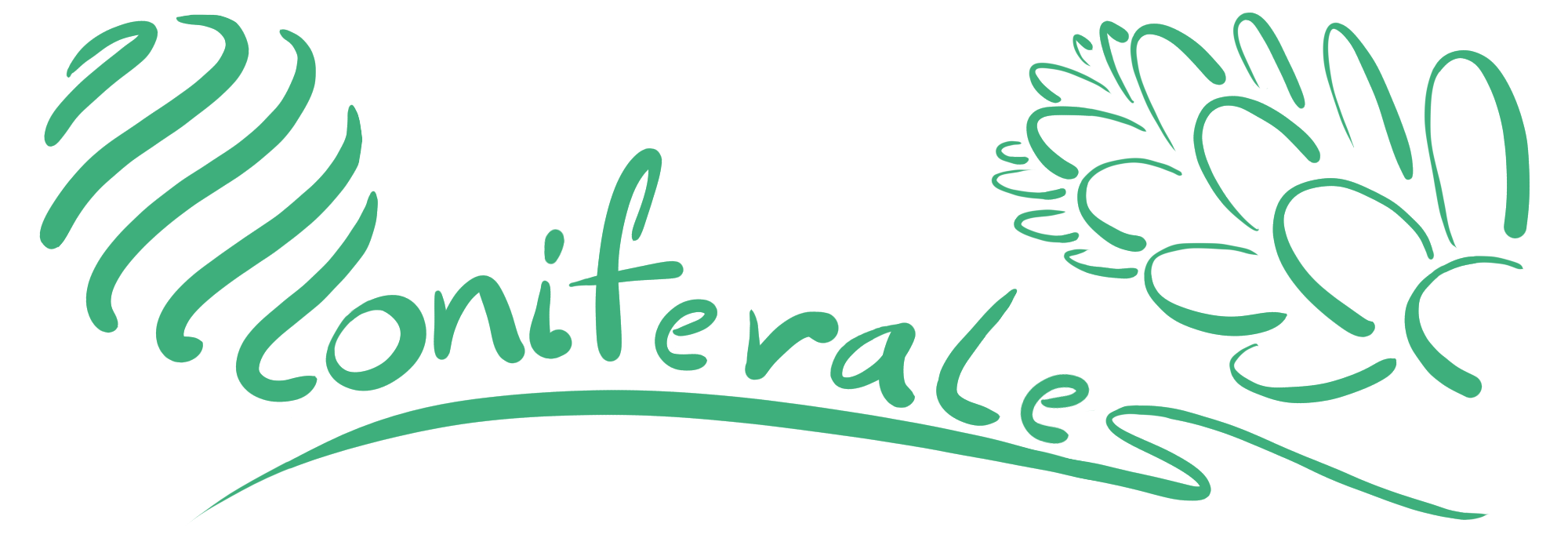Podocarpaceae Parasitaxus usta (Vieill.) de Laub.
Etymology
Parasitaxus refers to ‘parasitic Taxus’; indicating its parasitic nature on Falcatifolium taxoides roots and its now obsolete placement in Taxaceae.
usta refers to ‘red pigment’; indicating the red colour of its branchlets.
Colloquial Name
Corail
Distribution
This map shows botanical records (points) for this taxon. By opening the map’s sidebar (collapsed by default) you can toggle visibility or change the basemap. By clicking on records, you reveal more information.
Habitat
The natural habitats for Parasitaxus usta are subtropical/tropical moist lowland forests, subtropical/tropical moist montane forests. It is naturally found at an elevation of at least 300 up to 1250 metres. Other conifers associated with Parasitaxus usta are:
USDA Hardiness zone – 10
Parasitaxus usta is hardy to USDA Zone 10 (Bannister & Neuner, 2001), meaning its frost tolerance lies somewhere in the range of -1.1C (30F) to 4.4C (40F).
Species Continuity
The population trend for Parasitaxus usta is decreasing. Currently, there exist about 10000 mature specimen. There are ongoing threats for Parasitaxus usta and they are listed as follows:
- 1 Habitat Loss & Degradation
- 2 Overexploitation & Resource Use
- 4 Invasive Species / Pathogens & Genetic Risks
- 5 Natural System Modifications
IUCN Category – VU
According to the IUCN Red List, Parasitaxus usta has been assigned the status of VU(Vulnerable). This means that according to the Red List criteria, this species qualifies as Vulnerable and is of risk.
Superordinate Taxa
The nearest superordinate taxon for Parasitaxus usta is Parasitaxus. Because Parasitaxus contains only one species, this taxon is considered as monotypic.Parasitaxus usta is also placed under Podocarpaceae.
This map shows botanical records (points) for this taxon. By opening the map’s sidebar (collapsed by default) you can toggle visibility or change the basemap. By clicking on records, you reveal more information.



Reviews
There are no reviews yet.